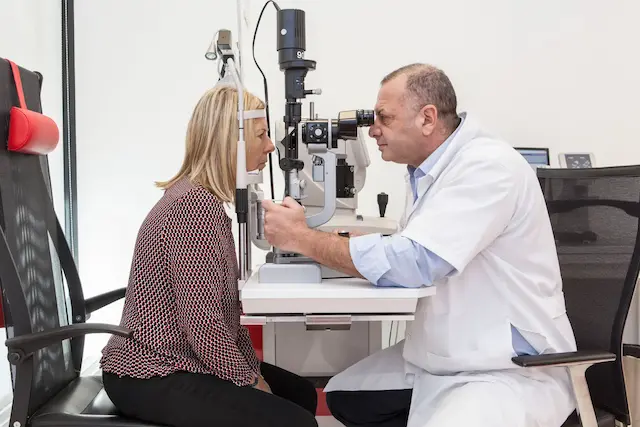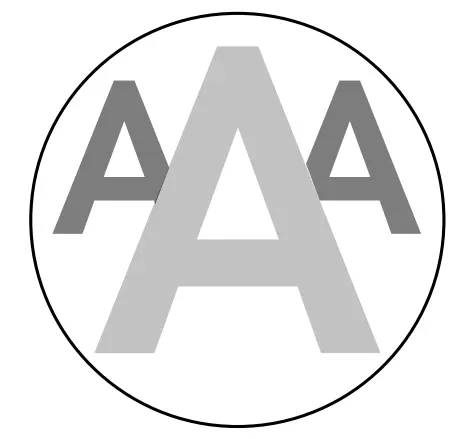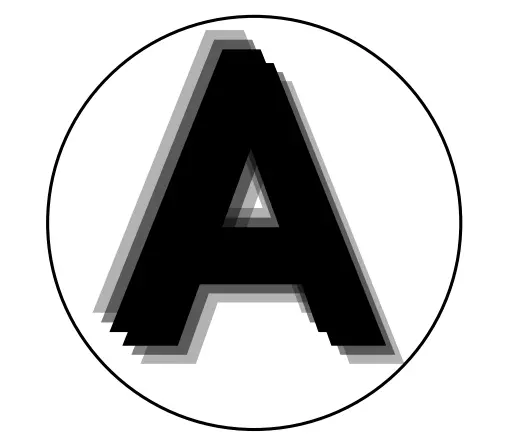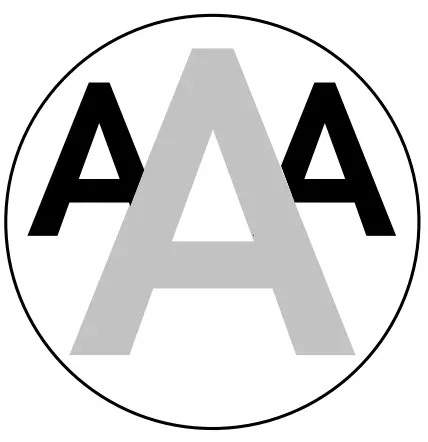
Eye Conditions
EASYLASER specializes in the management of vision disorders. We offer personalized 100% no-touch treatments for the most common eye conditions. Here is an overview of the main conditions we treat:

MYOPIA
Myopia occurs when the eye is too long or the cornea is too curved, causing light rays to converge before the retina. This results in blurred distance vision, while near vision remains relatively clear without correction.
Laser correction involves flattening the curvature of the cornea by precisely removing layers of tissue from the center. The extent of treatment is determined based on pupil diameter, particularly in low light, and the degree of myopia. In cases of high myopia (beyond -10.00 diopters), rigorous evaluation is essential to ensure the cornea is thick enough to guarantee effective and safe correction.

HYPEROPIA
In this case, the eye is too short or the cornea is not curved enough. Light rays therefore converge behind the retina. Thanks to crystalline lens accommodation, some hyperopes benefit from good distance vision for many years.
However, this constant effort can cause visual fatigue, especially during near activities. With age, the loss of crystalline lens elasticity accentuates symptoms.
Laser treatment involves creating a zone at the periphery of the cornea to increase its central curvature. Generally, laser correction is indicated for hyperopia up to +4.00 diopters.

ASTIGMATISM
Astigmatism is caused by irregular curvature of the cornea, often football-shaped, creating two different focal points. Vision is then blurred or distorted, whether near or far.
Refractive surgery corrects this defect by adjusting the corneal curvature along the affected axes. The laser performs deeper or shallower ablation as needed to restore clear vision.

PRESBYOPIA
Presbyopia is a natural age-related evolution: over time, the crystalline lens loses its flexibility, making accommodation difficult. From age 40, near vision becomes more complicated.
Laser refractive surgery does not eliminate presbyopia, but aims to improve vision at different distances. An adaptation period is necessary, and supplementary glasses may remain useful for certain activities.
The first signs include:
- The need to hold objects farther away to read
- Visual fatigue during near vision tasks
- A tendency to remove distance glasses to see better up close (in myopes)
Laser refractive surgery does not eliminate presbyopia, but aims to improve vision at different distances. An adaptation period is necessary, and supplementary glasses may remain useful for certain activities.
Am I suitable?
Laser vision correction is an ideal option for many people, but certain criteria must be met to be eligible. Here are the pathologies and necessary conditions:
Check my eligibility